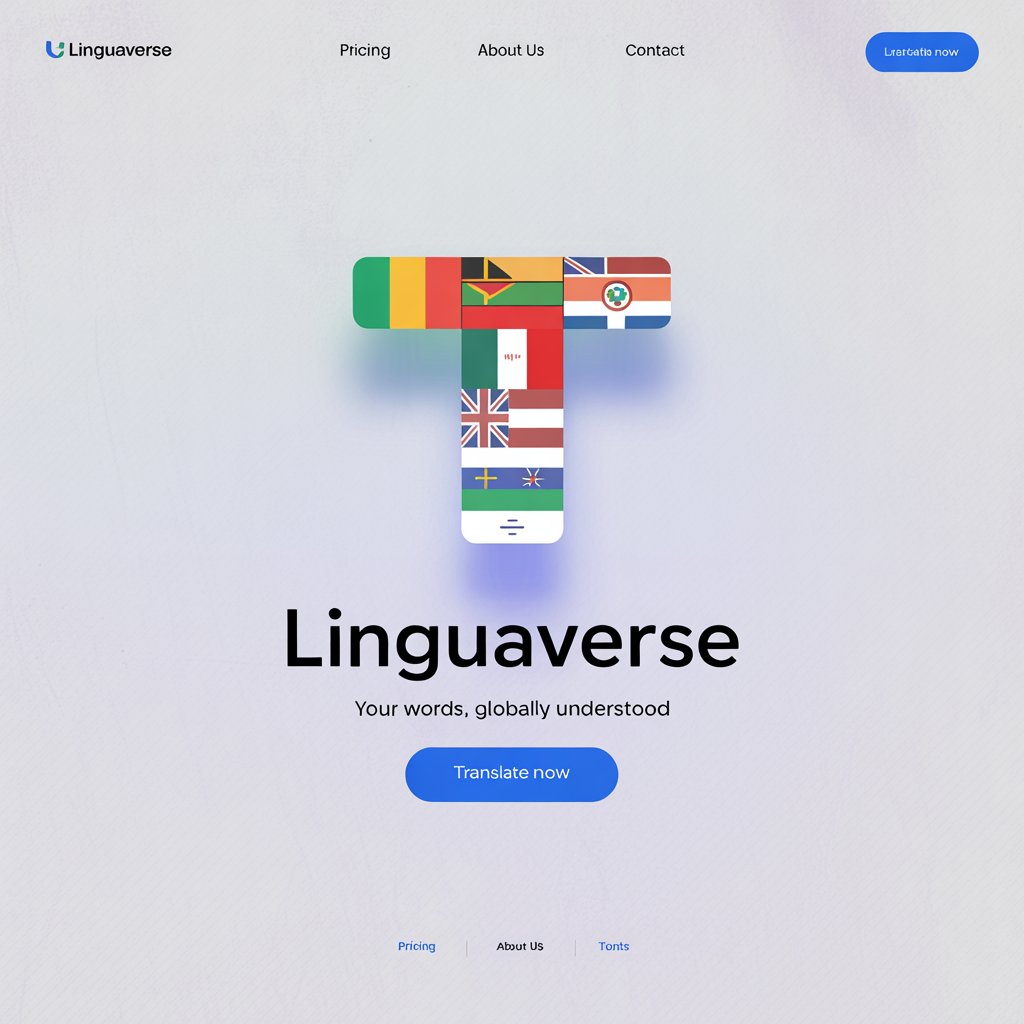Introduction:
The word “heart” carries a weight that transcends borders, cultures, and languages. It’s more than an organ pumping life through our veins—it’s a symbol of love, courage, compassion, and the very essence of what makes us human.
I remember sitting with my grandmother as she recounted stories of her youth in a small village, her hands pressed to her chest as she spoke of “dil,” the Urdu word for heart, and the love that carried her through hardship.
That moment made me wonder: how do people across the globe name this vital symbol? How does the heart beat in the languages of the world?
In this journey, we’ll explore the word “heart” across cultures, uncovering its linguistic beauty and the universal thread that ties us all together—the shared pulse of humanity.
A Reference Table: The Word “Heart” Across Languages
Below is a table showcasing how “heart” is expressed in various languages, along with brief cultural or linguistic insights.
| Language | Word for Heart | Cultural/Linguistic Insight |
|---|---|---|
| French | Cœur | Pronounced “kur,” it’s central to romantic expressions like “mon cœur” (my heart). |
| Spanish | Corazón | Used in passionate phrases like “mi corazón” to express deep love or affection. |
| Italian | Cuore | Reflects Italy’s emotive culture, often used in art and poetry to signify love and passion. |
| German | Herz | A straightforward term, often paired with “Liebe” (love) in German romantic contexts. |
| Mandarin | Xīn | Pronounced “shin,” it also symbolizes the mind and emotions in Chinese philosophy. |
| Hindi | Dil | A poetic word, central to Bollywood songs and expressions of love and longing. |
| Japanese | Kokoro | Encompasses heart, mind, and spirit, reflecting Japan’s holistic view of emotions. |
| Korean | Simjang | Literally “heart organ,” used in both medical and emotional contexts. |
| Arabic | Qalb | Pronounced “kalb,” it’s deeply tied to spiritual and emotional expressions in Islam. |
| Swahili | Moyo | A vibrant word, often used in East African songs to express love and vitality. |
| Zulu | Inhliziyo | Reflects the heart’s role in Zulu culture as a source of courage and community. |
| Yoruba | Ọkàn | Represents the seat of emotions and decision-making in Yoruba spirituality. |
| Maori | Ngākau | Signifies the heart as the core of emotions and intentions in Maori culture. |
| Hawaiian | Puʻuwai | Pronounced “poo-oo-vai,” it embodies life and love in Hawaiian traditions. |
| Cherokee | Gvgeyu | Tied to the Cherokee concept of harmony between body, mind, and spirit. |
European Languages: The Heart of Romance and Reason
In Europe, the word for “heart” often carries a romantic or poetic resonance. In French, “cœur” (pronounced “kur”) is the cornerstone of romantic expressions. Phrases like “je t’aime de tout mon cœur” (I love you with all my heart) are woven into the fabric of French culture, evoking images of Parisian cafés and love letters. Similarly, in Spanish, “corazón” rolls off the tongue with passion, used in everything from love songs to heartfelt apologies. The Italian “cuore” mirrors this, appearing in opera and poetry as a symbol of intense emotion. In contrast, the German “Herz” is more pragmatic yet deeply meaningful, often paired with “Mut” (courage) in phrases like “Herz und Mut” (heart and courage), reflecting Germany’s blend of emotional depth and resilience. Across these languages, the heart is both a vessel of love and a symbol of strength, shaped by Europe’s rich history of art, literature, and philosophy.
Asian Languages: The Heart as Mind and Soul
Asia’s linguistic diversity reveals fascinating nuances in the word for “heart.” In Mandarin, “xīn” (pronounced “shin”) is a multifaceted term, representing not just the heart but also the mind and emotions. In Chinese philosophy, the heart is the seat of consciousness, as seen in phrases like “xīn xīn xiāng yìn” (hearts in harmony). In Hindi, “dil” is a poetic powerhouse, immortalized in Bollywood’s romantic ballads and Urdu poetry, where it symbolizes love, sacrifice, and longing. Japanese “kokoro” goes beyond the physical heart, encompassing the mind and spirit, reflecting Japan’s holistic approach to emotions. In Korean, “simjang” is used in both clinical and emotional contexts, as in “simjang-i ttwinda” (my heart is racing), blending the physical and emotional. In Arabic, spoken across over 20 countries, “qalb” is deeply spiritual, often tied to faith and divine love in Islamic poetry and scripture. From Saudi Arabia to Morocco, “qalb” resonates in expressions like “qalbī ma‘ak” (my heart is with you), uniting diverse Arab cultures under a shared emotional language.
African Languages: The Heart of Community and Courage
Africa’s linguistic tapestry offers vibrant expressions of “heart.” In Swahili, spoken across East African countries like Kenya and Tanzania, “moyo” is a lively term used in songs and proverbs to signify love, life, and vitality. For example, “moyo wangu” (my heart) is a common endearment. In Zulu, spoken in South Africa, “inhliziyo” reflects the heart’s role as a source of courage and community, often invoked in rituals and storytelling. Yoruba, prevalent in Nigeria and Benin, uses “ọkàn” to denote the seat of emotions and decision-making, central to spiritual practices. Across Africa’s 54 countries, the heart is a unifying symbol, whether in Amharic’s “libb” (Ethiopia) or Hausa’s “zuciya” (Nigeria), often tied to communal bonds and resilience in the face of adversity.
Indigenous & Island Languages: The Heart of Tradition
Indigenous and island languages offer unique perspectives on the heart. In Maori, spoken in New Zealand, “ngākau” represents the core of emotions and intentions, deeply tied to cultural values of whānau (family) and connection to the land. Hawaiian “puʻuwai” (pronounced “poo-oo-vai”) embodies life and love, often used in hula and chants to express aloha. In Cherokee, spoken in parts of the United States, “gvgeyu” connects the heart to harmony and balance, reflecting Cherokee spirituality. Samoan “loto” carries a similar weight, used in Pacific Island cultures to express deep feelings and community ties. Across regions like Polynesia, Melanesia, and Native American territories, the heart is a sacred symbol, linking individuals to their ancestors and environment.
Cultural Insights: The Heart’s Historical and Emotional Evolution
The concept of the heart has evolved across civilizations, rooted in biology yet elevated by culture. In ancient Egypt, the heart was weighed against a feather in the afterlife to judge one’s morality, a belief that underscores its spiritual significance. In Greek philosophy, the heart was seen as the seat of emotions, a notion that persists in modern languages. In South Asian traditions, the heart is central to spiritual practices, as seen in the Sanskrit concept of “hridaya,” which influences modern Hindi and other languages. Across cultures, the heart is a universal metaphor for love, courage, and truth, shaped by religious texts, folklore, and historical events like the spread of Romanticism in Europe or Sufi poetry in the Islamic world.
Proverbs: The Heart in Words of Wisdom
The heart inspires countless proverbs and sayings worldwide:
- French: “Le cœur a ses raisons que la raison ne connaît point” (The heart has its reasons, which reason does not know) – Pascal’s reflection on love’s irrationality.
- Hindi: “Dil se dil tak” (From heart to heart) – Emphasizes genuine emotional connection.
- Swahili: “Moyo wa mtu ni bahari” (The heart of a person is an ocean) – Highlights the depth of human emotions.
- Japanese: “Kokoro no kagami” (The mirror of the heart) – Suggests the heart reflects one’s true self.
- Arabic: “Al-qalb yahwa ma yara” (The heart loves what it sees) – Ties love to perception and presence.
These sayings reveal the heart’s universal role as a lens for understanding human experience, from love to introspection.
FAQs: Exploring the Heart Across Cultures
Why does the word for heart sound similar in many languages?
Many European languages share Indo-European roots, leading to similarities like “cœur” (French), “corazón” (Spanish), and “cuore” (Italian), all derived from Latin “cor.” Other similarities arise from cultural exchanges, like Arabic’s influence on Swahili.
What’s the oldest known usage of the word for heart?
The Egyptian hieroglyph for heart, “ib,” dates back over 4,000 years, used in spiritual and medical contexts. In written language, Sumerian cuneiform references to the heart appear around 3000 BCE.
How do cultural differences shape the expression of the heart?
In Western cultures, the heart is often romantic, while in Asian cultures, it may encompass the mind or spirit. In African and Indigenous cultures, it’s tied to community and spirituality, reflecting diverse worldviews.
Conclusion: The Heart’s Universal Pulse
The word “heart” may change in sound and script across languages, but its essence remains constant—a symbol of love, courage, and connection. From the poetic “dil” of Hindi to the spiritual “qalb” of Arabic, each culture imbues the heart with unique meaning, yet all share a universal truth: the heart is the core of what makes us human. As I reflect on my grandmother’s stories, I’m reminded that the heart’s language is one we all speak, no matter where we’re from. How do you say “heart” in your language? Share your stories or expressions in the comments below—let’s celebrate the heartbeat of humanity together!




